Learn about navigating intellectual property amidst a global pandemic.
This article is written in the context of the global COVID-19 pandemic. In one sense, the world has stopped. There have been travel bans, business closures, and one of the highest unemployment rates of our lifetime. On the other hand, the world has not stopped. Business has been carrying on as usual for some companies. The US Patent and Trademark office is still open. That being said, this is a great time for innovation! The possibilities to better business in this digital age are growing each day. Industries like medical and life science, communications, and logistics/delivery are on the rise. Below, you will learn some tips and tricks on protecting your IP on a reduced budget.
Intellectual property (IP) in the United States is generally first come first serve. So this means if you get out of line, it could be irreparable to your company and your application. So if you are thinking about deferring filling or letting your patents go abandoned you might want to do a bit of research before you make a final decision. It may seem time consuming and costly now, but you may be grateful you did so later on. The strategies below outline how you can protect your company’s IP on a reduced budget while still maintaining your place in line.
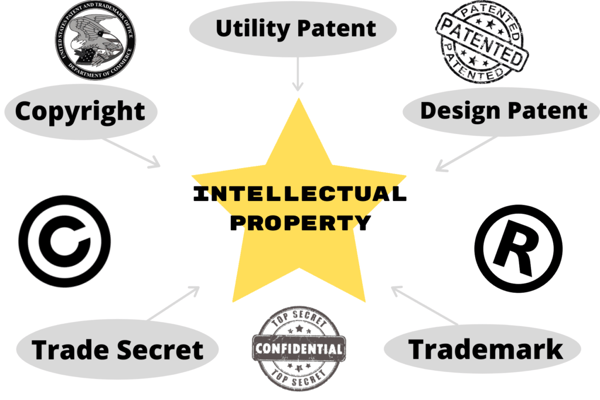
This article mainly covers protecting and maintaining utility patents on a reduced budget.
A US non-provisional patent application has a very distinct process to follow in order to be granted a patent. First, you need to go to the patent office with your application that has a written description of your invention and a set a figures. Then the patent office will take your application and start to examine it.
Typically the office rejects your first application, and will inform you of any problems with your application. Usually it's because of some prior art or some type of formality (not clear, or inadequately described). The examination process of going back and forth with the patent office can take about 6 months to 3 years. You also want to keep in mind your priority date, an earlier one being most optimal. The priority date is what helps the office establish who should get the patent first in case of a competing claim.
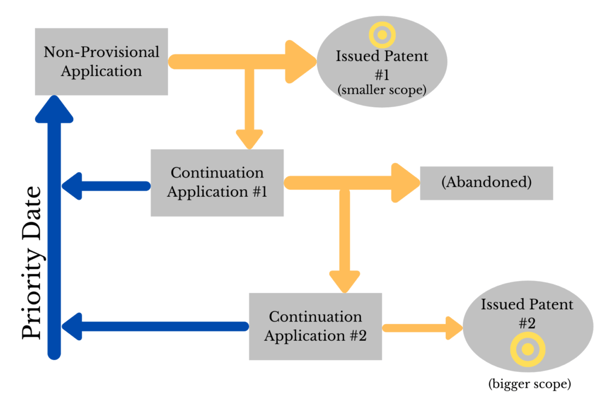
Refer to the photo above for this specific example that aims to describe what a continuation application is and does.
If you are looking to file a continuation application, our first can be filed after you file your first non-provisional patent application and before the patent is issued. Then hopefully that patent will be issued in the near future with a specific claim scope. The first continuation application will have the same drawings and written description as the approved patent, but now it will have different claims. The claims are the numbered paragraphs at the end of the document that define the scope of protection for your invention. Let’s say that the first continuation application has too many issues and goes abandoned. But while you were still working on it, you filed a second continuation application. This second continuation had a different claim scope, and this time it got approved!
The exciting thing about these continuation applications is that both of them (the approved patent and the abandoned application) have the same priority date as the original non-provisional patent. It is also possible to have the same priority dates for provisional and non-provisional applications, US or international.
An important thing to remember when filing for patent approval is that not all patents are created equal. Some patents have a larger and stronger scope than others. If you pay an attorney to take the time to draft and understand the technology well you will most likely have a better protection. But, that comes with added costs for your company. Before you use the low costs methods below, make sure that it is what is best for you and your company! That being said, doing things on a reduced budget does not always mean low quality, but it is important to keep in mind nonetheless.
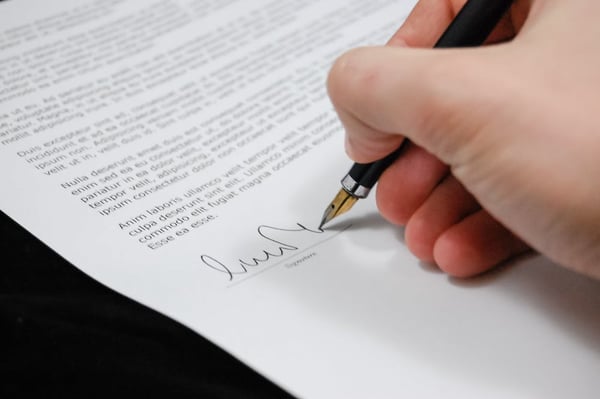
The first strategy is a ‘coached’ drafting. Usually an IP attorney prepares the patent application, but one way to save money on having the attorney draft the whole thing is to have them provide you with a template. Then the inventor or investors fill out the template, while the attorney will just review and revise the final product. This should be less expensive than having an attorney draft the entire document. The downside of this is that you are not an attorney with the experience and knowledge of what details to include to maximize your patent’s scope. But this could be a suitable compromise between cost and quality, and it is especially helpful for companies looking to protect their IP on a reduced budget.
Provisional applications are not examined by an examiner. They will secure your place in line for up to 1 year; the idea is to give applicants time to research the market and possible investors before completely committing to the non-provisional process. The filing fee for a provisional application is less expensive than for a non-provisional application ($280 + whatever you might need to pay an attorney to draft or revise). For comparison, the non-provisional filing fee is either $1,000 or $2,000 depending on the size of the company. Another advantage to this is that the document you submit can be very informal, like a hand drawn sketches or powerpoint slides. That being said, you will only get credit/priority for the details that you choose to include.
Something else you can also do with a provisional application is to break it up into multiple non-provisional applications (within 1 year). Additionally, within the 1 year time frame, you can file multiple provisional applications that will all connect and lead to a non-provisional application; this way you could get priority credit for the date that the provisional applications are filed, even on the non-provisional applications. Remember, one of the most important things in the patent process is your priority date!
The idea with an ‘omnibus’ application is that you can put together many different, but related, inventions into 1 application. This will end up being 1 very long application with multiple facets inside of it.
After you file the initial omnibus application you could either do something called serial filings or parallel filings to split it up. Serial filings are when you file a new continuation each year; parallel filings are when you file multiple continuations from the original omnibus application at the same time. The idea here is that after you file the initial omnibus application you will have time to grow your budget and refine your ideas, so the continuations will do a better job in the future.
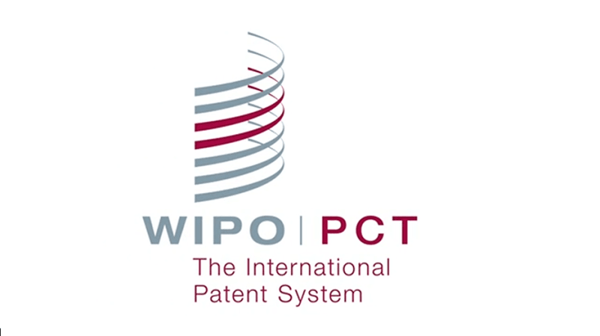
The Patent Cooperation Treaty (PCT) is a treaty with most (but not all) developed countries. It is a mechanism to facilitate getting patent protection in many countries around the world without having to write into each country individually. If you file with the PCT first you will have 30 months from your first filing before you have to file with individual countries on the treaty list. This can buy you some time to generate funding and solidify your ideas. The 30 months time frame is approximate because some countries have different windows (could be 29 or 31, etc). This option is best for people/companies that want to extend their priority time as much as possible and are not as concerned with the initial cost. But remember, not all developed countries are apart of the PCT, Taiwan being a notable exception.
Trade secrets protect commercially valuable secrets. You do not file anything with the government to protect a trade secret. Instead, you use certain internal measures to ensure that your companies secrets are private; these could include NDAs, having visitors sign in, keep things in safes, etc. This way, if someone steals your information, you will have sufficient evidence to sue someone in court. The issue is that there is no protection in court for another company reverse engineering your product (as long as they did not steal it).
Using extensions is a fairly well known process for delaying a patent examination. As you go through negotiation rounds with the patent office you are able to ask for extensions. If they tell you to complete something in 3 months, but you need 6 months, you can ask for an extension. Extension fees start lower, around $100 or $200, but increase with the amount of extensions you need. The risk with this is that you may be shortening your patent term overall, but the patent office will notify you for your particular case. There are also some actions that can not be extendable.
An RCE is a Request for Continued Examination. RCEs are usually used after a final office item, if the examiner thinks you need more time. One of the options when filling out the form is to extend action for up to 3 months. However, the fees for an RCE are $650 (or $1300 if you are a large company). This is more of a way to buy time, but you need to be willing to front the initial fee.
As mentioned before, the claims in a patent document are the numbered paragraphs at the end. When someone infringes on a patent, they are infringing on the claims at the end of the document. If you make your claims more modest/narrow there is a higher likelihood that your patent will be approved by the office.
That being said, if you narrow your claims you are also narrowing your patent’s scope. For some companies that want to get their patent approved as fast as possible this might be a suitable compromise. If you still want to add onto the patent you can file a continuation as described earlier. Another tactic you could use is to have a detailed and narrow claim on a single feature that is of utmost importance to the device/invention. That way, if this feature must be copied in order for the device to work, it will be protected by the patent.
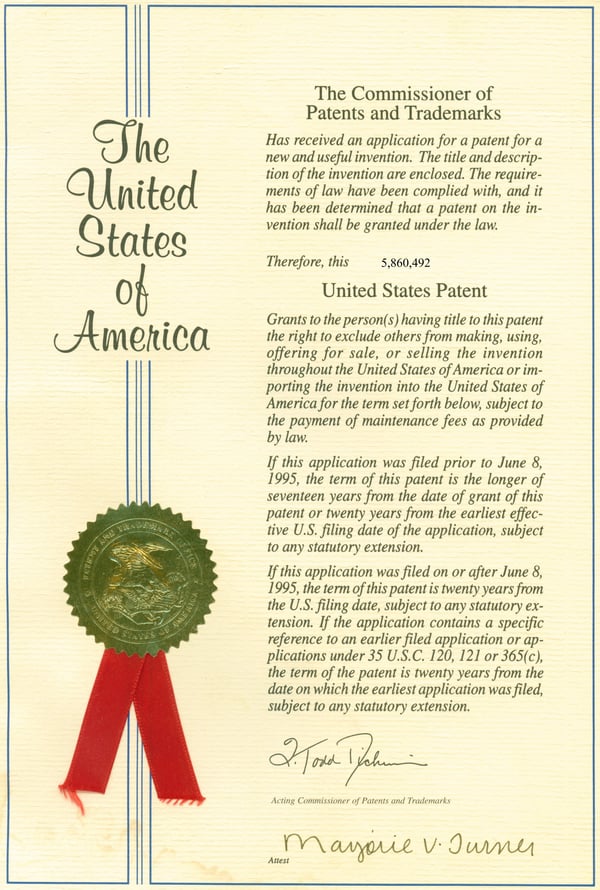
The placeholder continuation strategy is essentially filing a continuation without paying fees. Eventually the patent office will contact you for your money; but you can usually extend the due date around 7 months (hopefully by then your budget has increased). This strategy is good if your pending application might go abandoned but you want the continuation application to continue. Because of this, you will need to file the continuation before the original patent goes abandoned. You also need to keep the pending application in ‘good standing’, with means paying fees on time, etc.
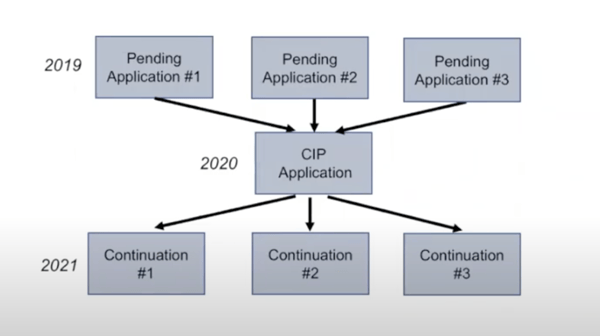
The idea with a ‘consolidation’ patent is to bring multiple patents together in a CIP. A CIP is a Continuation in Part application, which combines multiple pending applications. Later, when you have an increased budget, you can split the CIP into multiple continuations. Those new continuations could either be filed serially (one after another), or all at the same time. If you file them serially you could spread out your costs a little bit further. This strategy, as with many of the above, should be done with the counsel of an IP attorney, as there are many associated risks and things that could go wrong. Mainly, the original patents need to be related and there needs to be one common inventor.
This strategy stands in contrast to the other PCT strategy above, as you file this PCT after you have already filed a provisional application in the US (or another country in the treaty). Within 12 months of filing your provisional application you are able to file a PCT application. Then, you will have about 18 months to decide whether or not you want to file a non-provisional (or a foreign country’s equivalent).
If you already have an issued patent, the patent office has a freebie window for 6 months. This is the first 6 months in the 12 month window that your maintenance fee is due. Essentially, if you pay within the 6 months before the due date there will be no surcharge on the maintenance fee. You can also pay 6 months after the due date, and have to pay a surcharge. This is a great, and very simple way to save money. In contrast, if you are not short on money but rather time you can file within the 6 months after the due date and just pay the surcharge.
*This article details things you can do at the patent office normally. In light of COVID-19 and the recent labor shutdowns, the patent office has allowed applicants new freedoms that you might not have normally been able to do. Read about them here. If your business is hurting because of the coronavirus the patent office has become more lenient on certain fee due dates and extensions for filing dates.
*This article is an educational and informational presentation of general IP law and should not be construed as individualized legal advice or representation. Consult with legal counsel before implementing these strategies.
If you want to learn more about patents, trademarks, and copyrights, check out this article from ULP here.
This content comes from a ULP webinar hosted by ULP in partnership with Knobbe Marten, Tom Cowan. Tom is a partner at the IP and technology law firm Knobbe Martens. His practice focuses on securing IP protection for mechanical, medical and aerospace technologies. Watch the full video here, and subscribe to the ULP Youtube Channel to never miss another webinar!
Revised 11/18/2020
Download The Ultimate Guide to Wet Lab Incubators in Southern California, a handbook to assist life science start-ups through the entire decision-making process to find wet lab space.
Download Now